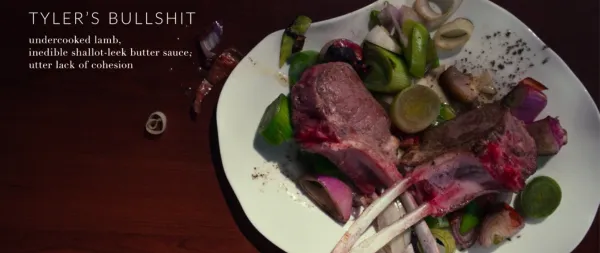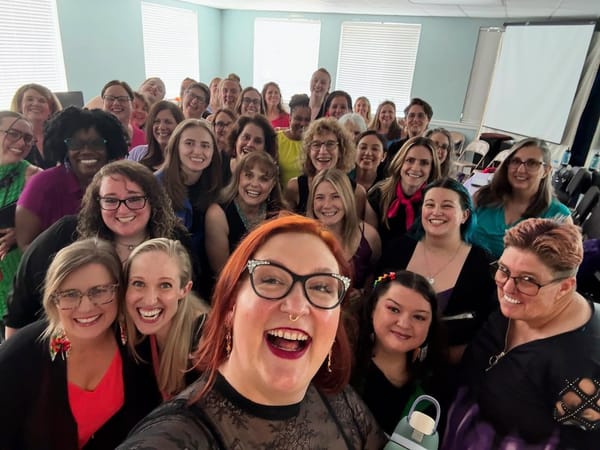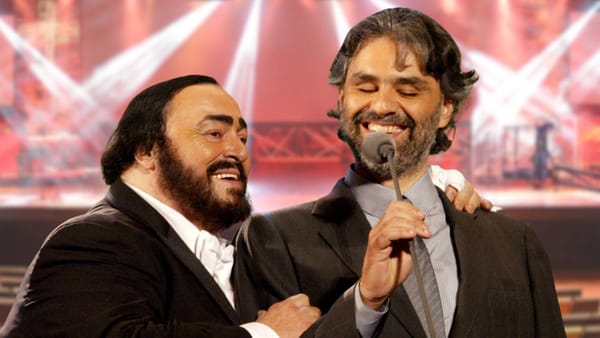Empathy
“Empathy” is a word that has lately been receiving rather casual treatment, like we’re all in agreement about what it means… but perhaps we aren’t.
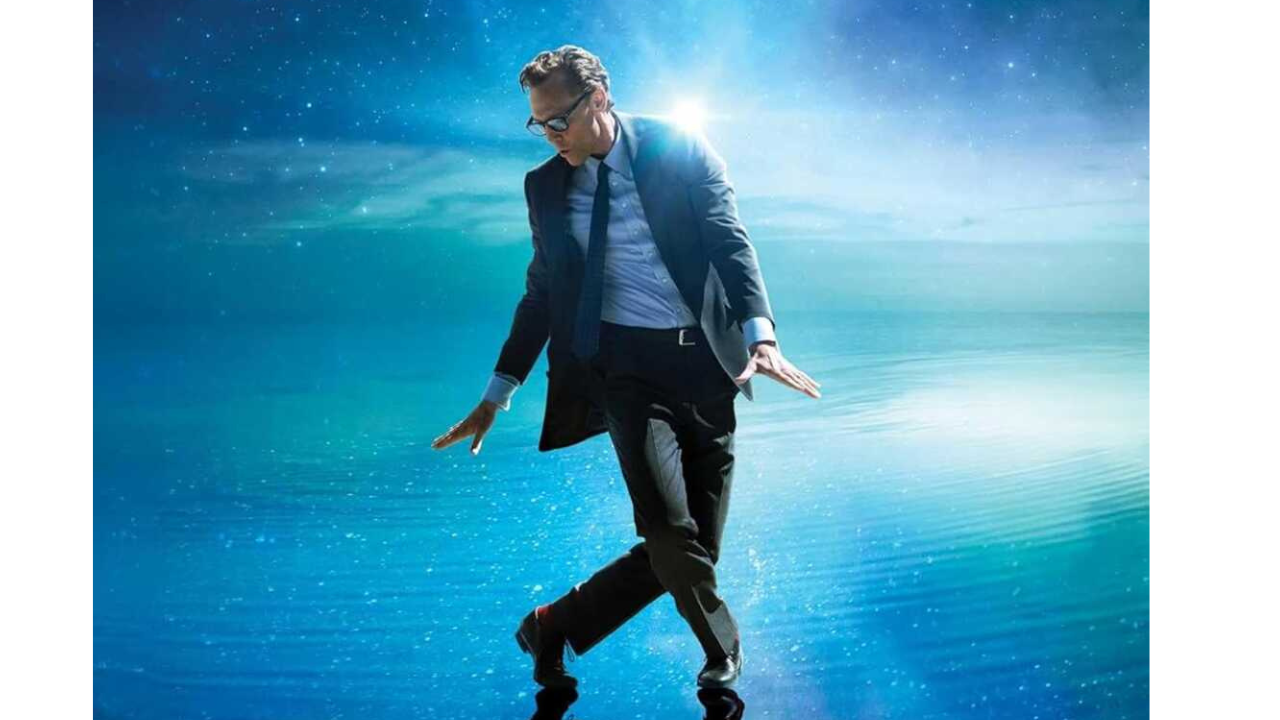

I have a friend blessed (or burdened) with what he calls “a low dance threshold”. When he hears a beat—any beat—he just starts grooving along with it. Could be hot funk, could be a cheesy disco charter, could just be a car alarm sounding off in the distance, he is compelled to start moving. I find this enviable.
What is your dance threshold? Me, I’d be in a grocery store when some ’80s banger would get pumped into the aisles, and I’d start grooving… and then stop, because, really, Claudia?! The Safety Dance has you busting a move, right out in the open where everyone can see your geeky ass?! (click that link at your own risk)
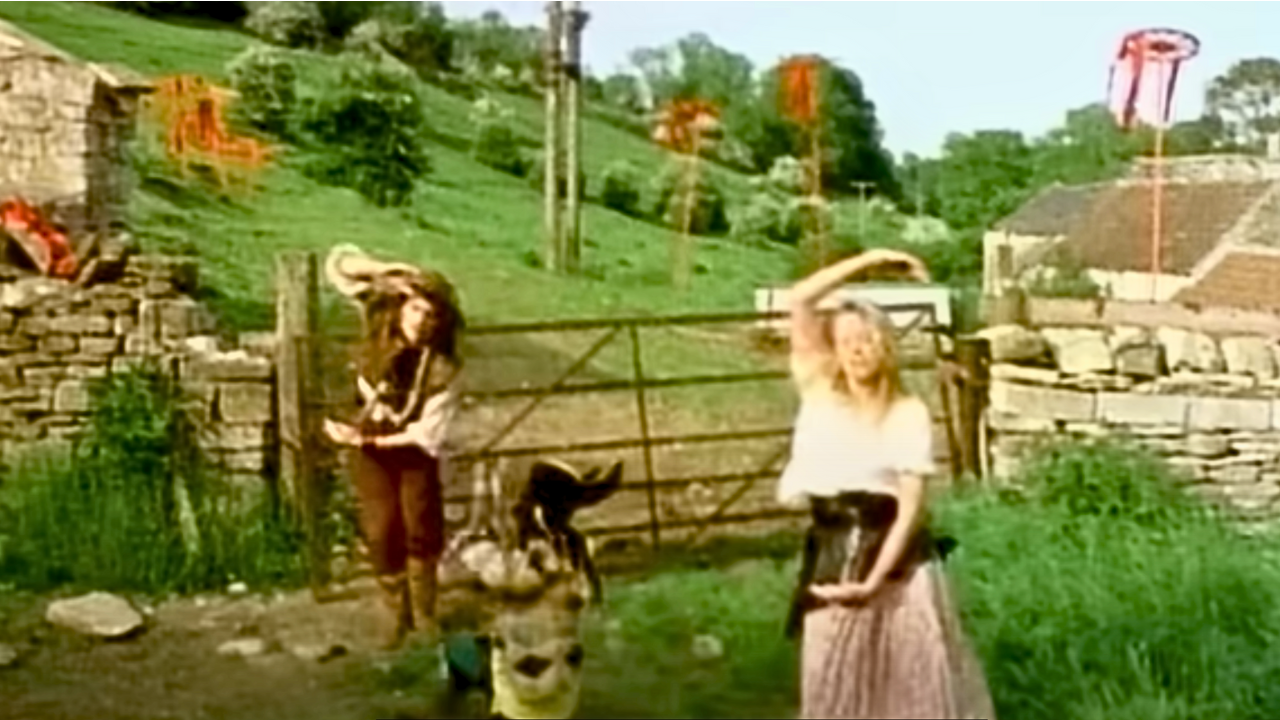
Ever since my cancer convalescence I’ve been like “hey shut up and just let me enjoy myself!!” whenever that judgy voice tries to inhibit my impulse to dance. For more than a year, I could barely move at all, let alone venture into a grocery store and risk getting ambushed by The Safety Dance. But while my limbs might have been temporarily uncooperative, I could tell that my dance threshold was on the way down, because the repeated sound of the alert beep on my chemo infuser started driving me nuts. Not because it was an annoying sound (although it truly was). The chemo infuser drove me nuts because for the longest time, I couldn’t figure out what song it was singing.
It turned out to be Bang a Gong (Get It On), by T. Rex.

Once I had figured that out, Bang a Gong became my power anthem. Blasting the song would get me out of bed on the days I had to drag myself to my chemo infusions. I was trying to pick up guitar and learn Final Cut Pro while I was out of commission, and my early attempts at both gave rise to a Bang a Gong-themed music video.
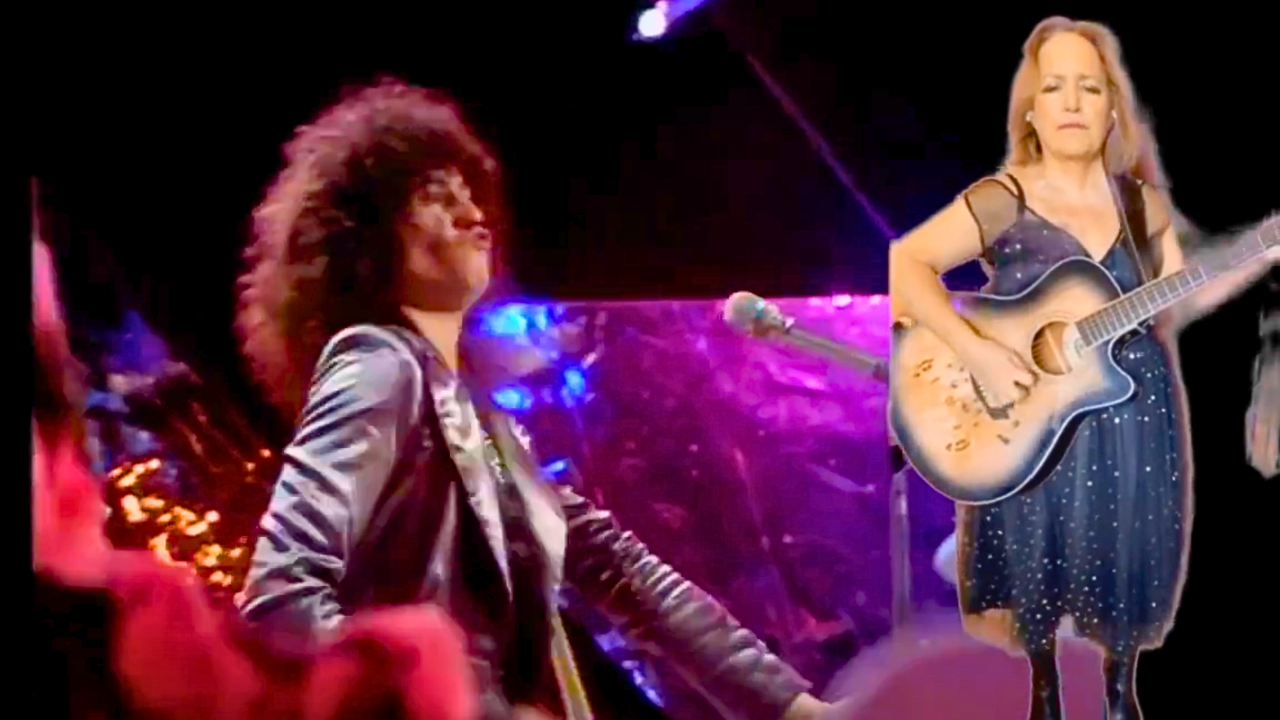
Watching this video now has my jaw on the floor, because I know what it cost the woman in that video to drag herself out of bed just to use the bathroom, let alone get dolled up and dance around. Yet, exhausted as I was, I was motivated! I had an instrument I wanted to play! software I wanted to master! a stupid joke I really wanted to tell!
This is how my newly lowered dance threshold helped me get through two big abdominal surgeries and eight grueling months of chemo, even if I couldn’t really dance. On completing my final infusion, rather than ringing the traditional bell, I banged a gong.
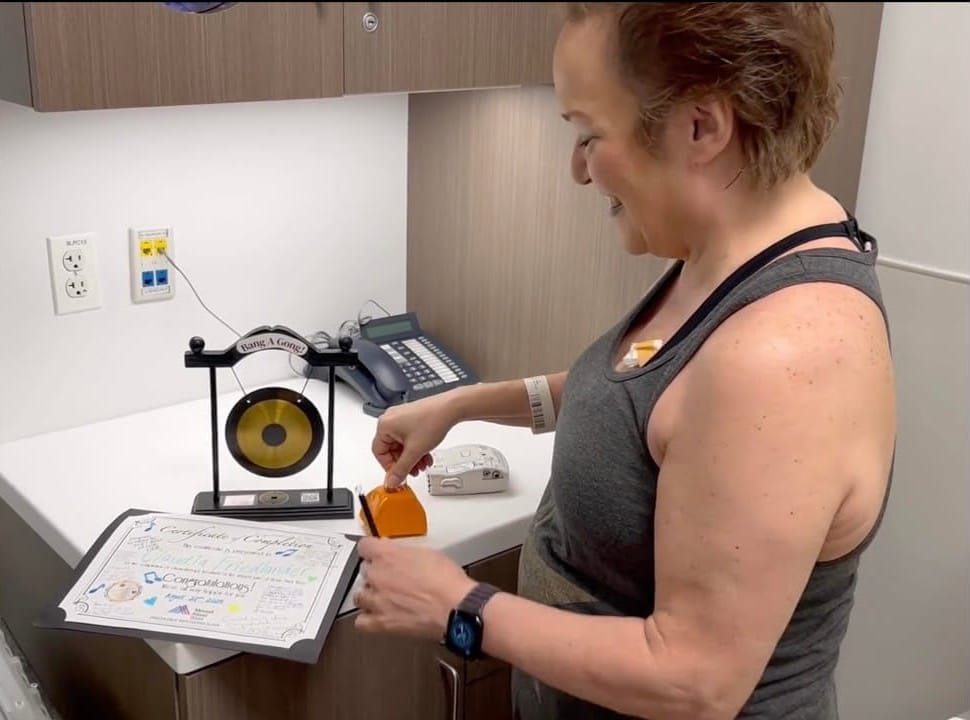
Music mobilized and animated me when nothing else could. Music kept me connected internally to my will to live, and externally to the rest of humanity bopping around and waiting for me to rejoin them. When I finally did, my appreciation for music had deepened, and my dance threshold had lowered considerably.
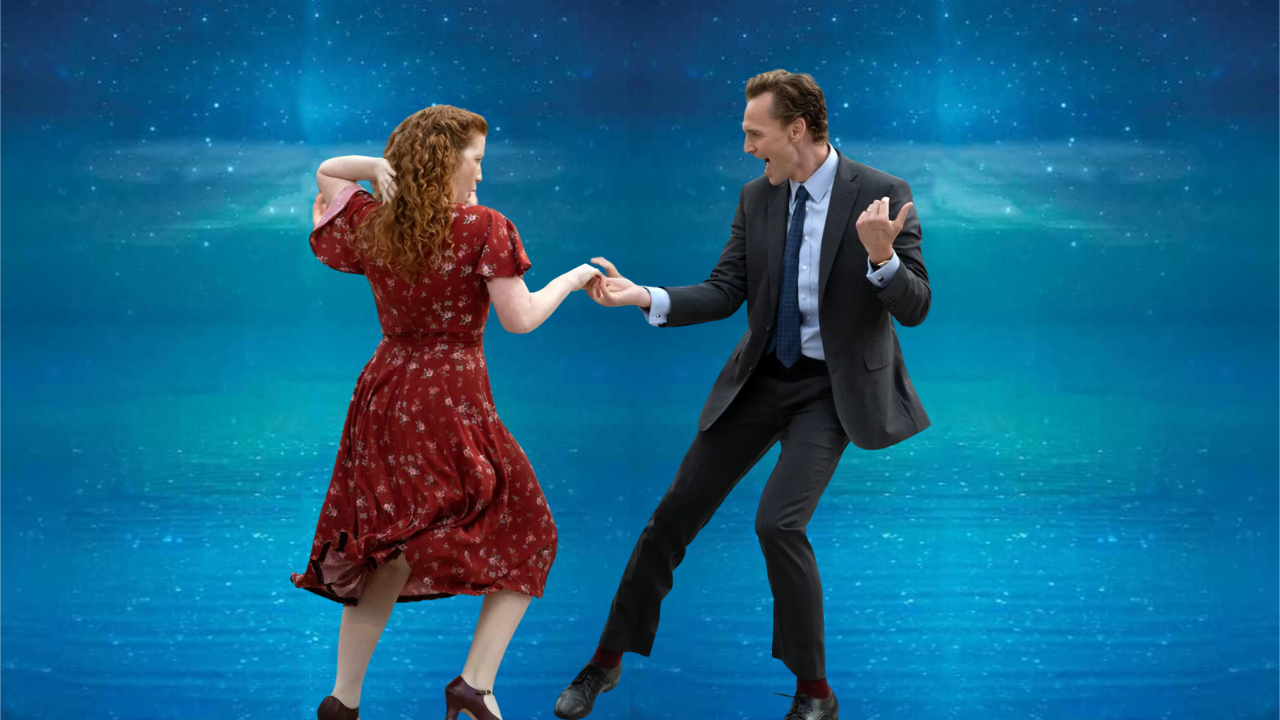

Music mobilizes and animates us, and inspires us to move together to the beat. It puts us in sync with one another, whether we are dancing, singing, playing, or just listening.
Music offers us collective catharsis. It is a powerful means of emotional transference. People love singing together so much that they are frequently willing to put up with all sorts of discomfort and indignities for the privilege.
The current incarnation of my blog features one-word titles for each essay. The idea is to investigate familiar terms that we tend to use casually, but may benefit from a more nuanced exploration.
“Empathy” is a word that has lately been receiving rather casual treatment, like we’re all in agreement about what it means, but perhaps we aren’t. When I first tried to write about what empathy means to me, my brain became increasingly blurry. The only clear thing to emerge from the blur was this idea of a low dance threshold.
I shared my dilemma with my low-dance-threshold friend, hoping he would be able to shine a light on where I was trying to go with this. I don’t think he spends all that much time analyzing why he loves to dance as much as he does. He just does, so he dances. He didn’t really have any advice for me. He did empathize, however.
I dredged up what I could recall from my ancient SAT prep about Greek and Latin roots. The prefix em- comes from the Greek en- , meaning “in”, and pathos means feeling /suffering /experience. So traced back to its origins, empathy means “in-feeling”—the ability to feel into someone else’s state.
That led me to realize that what was making the concept of “empathy” so challenging to wrap my head around was that this skill, the ability to feel into someone else’s state, is elusive. It requires practice to cultivate. In the absence of cultivating empathy, and in the absence of appreciating how tricky it is to cultivate, you may think that you are empathizing with someone when what you are really doing is projecting your own feelings onto what they appear to be experiencing.
Here is an example. Before moving to Baltimore in my late 20s, I had a terrific therapist who I truly felt empathized with me, in the sense that she really held space for me and responded in a way that seemed like she could feel her way into what I was feeling. I felt deeply seen by her, and in our sessions it seemed as though we shared a deep emotional resonance—it was an experience of feeling-together that I have since associated with the idea of empathy. After I moved, I had the misfortune to engage a therapist whose approach involved not empathy but rather projection. When I let her know I was discontinuing our sessions, I told her, “I don’t want to be analyzed, that doesn’t work for me.” She replied, “Well, I think that what you don’t want is to be criticized!” without realizing what a self-own that was.
Maybe our ability to consent to being animated by a beat, to allow ourselves to be synced up with other humans listening to and/or performing the same music at the same time… maybe that’s the best I can do, to describe what empathy feels like to me.
We listen together, we feel together, we move together, and this gives rise to a sense of feeling our way into what others are simultaneously experiencing, individually and collectively, creating a satisfying sense of fellowship.
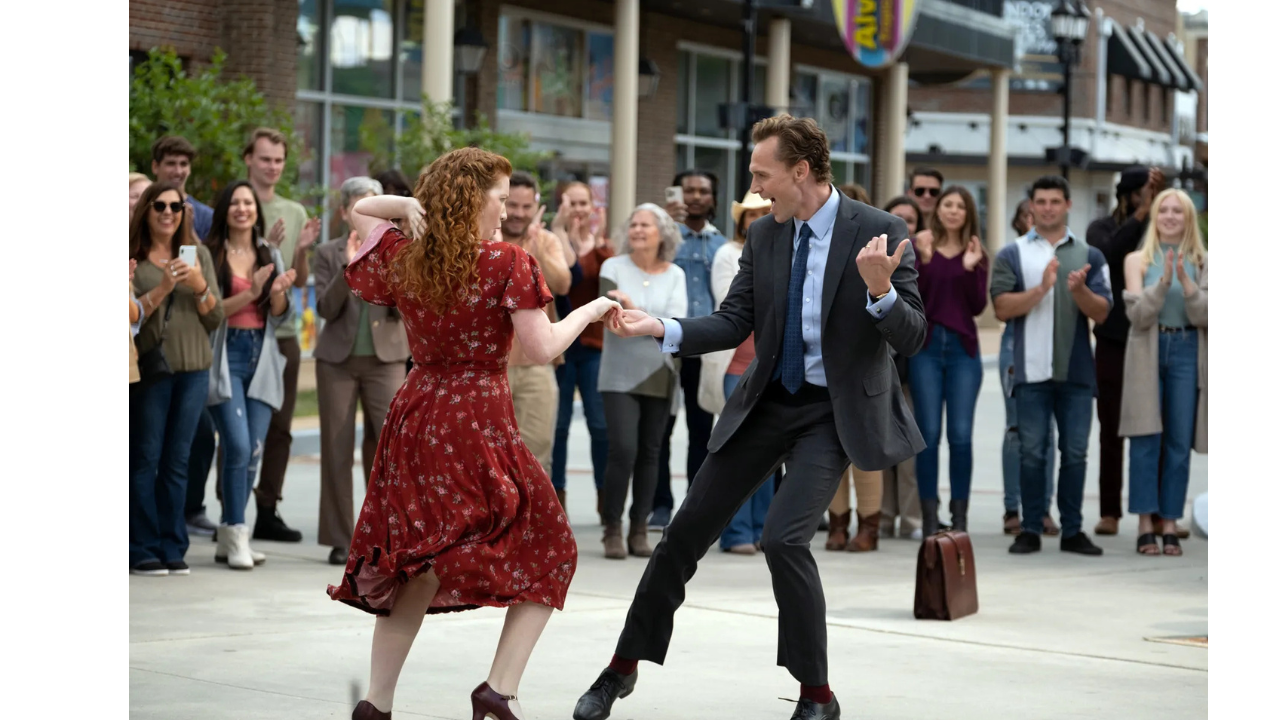
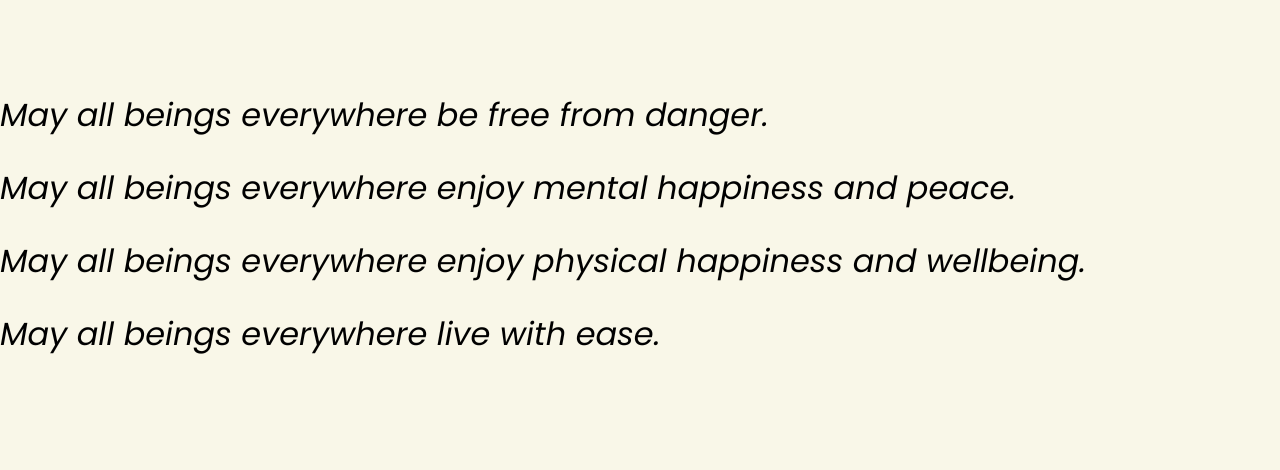
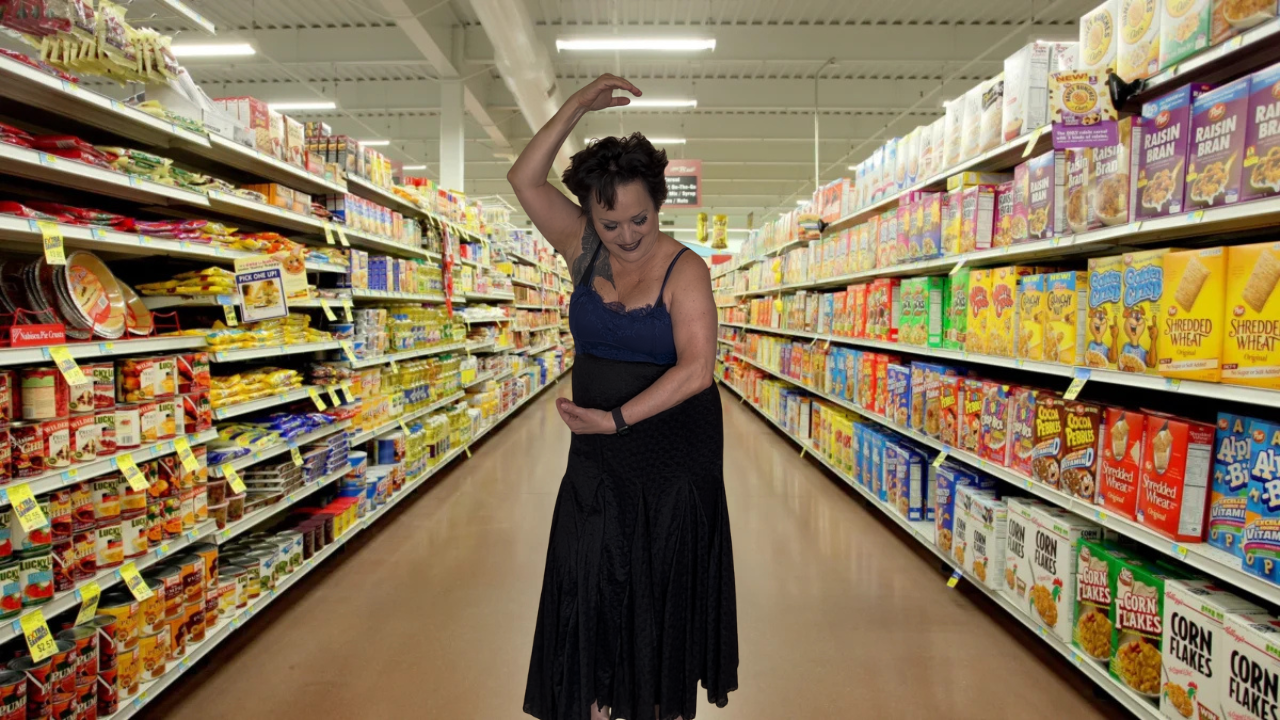
So… when you read about how miserable my cancer treatment was, did the story resonate with you with what you would call empathy?
When you watch my Bang a Gong video, or imagine me doing The Safety Dance in the grocery aisle, do you feel delight at what a self-entertaining creature I am sometimes capable of being?
Any time you take a moment to try and imagine what someone else is going through, any time you find yourself resonating with someone else’s misfortune or someone else’s joy, you are cultivating empathy.
It’s a practice.
The well-wishing mantras that appear throughout this post are drawn from my version of metta practice, also called loving-kindness meditation. You say or think the words, and notice what arises within you in response to them.
Spoiler: what arises within you in response to the words is not always a feeling of loving-kindness. When it is not, see if you can experience empathy—the ability to feel into your own state—with whatever comes up.
There are many different versions of metta practice, but what they all have in common is that you begin by wishing yourself well. As you progress through the practice, you eventually face the comparatively greater challenge of wishing those you consider your adversaries well.
But it begins with yourself.
What arises within you, when you wish yourself well?

If this post resonated with you, please subscribe to my Ghost. Subscriptions can be either free or paid.
- Your attention is your most valuable currency, so free subscriptions are deeply appreciated!
- Paid subscriptions from those who can comfortably afford it help transition my writing from unpaid to paid labor.
Schedule a complimentary consultation for voice lessons here.
Schedule a voice lesson here.


